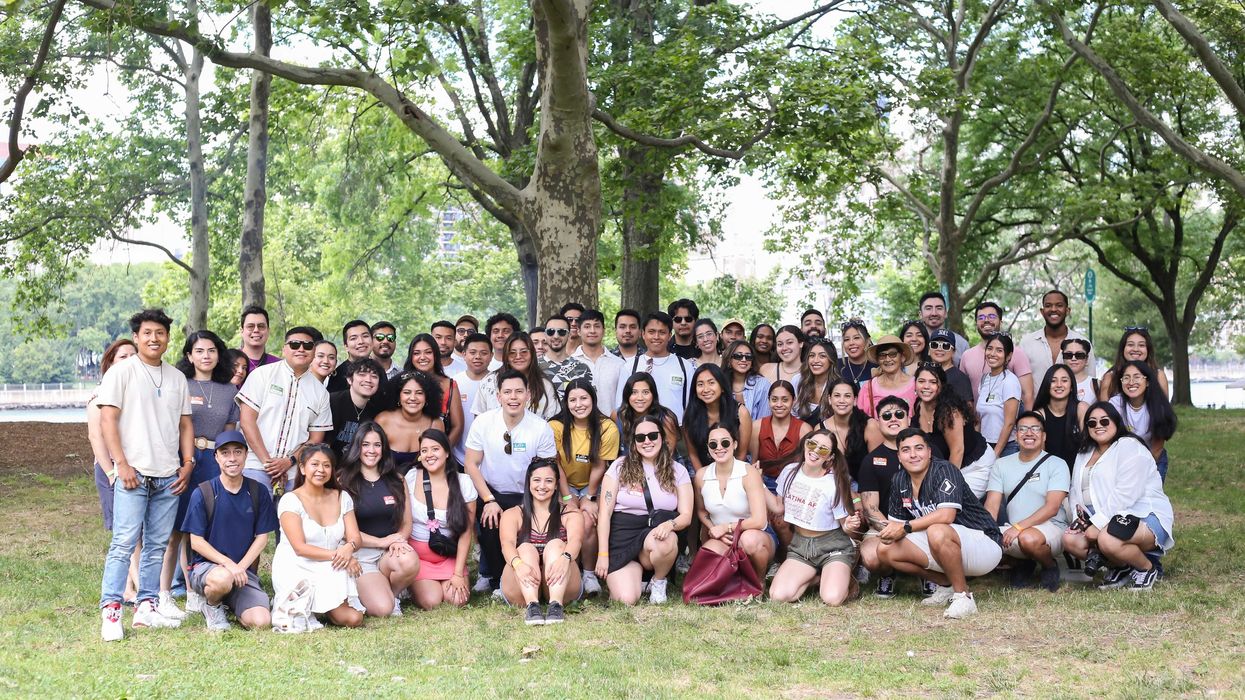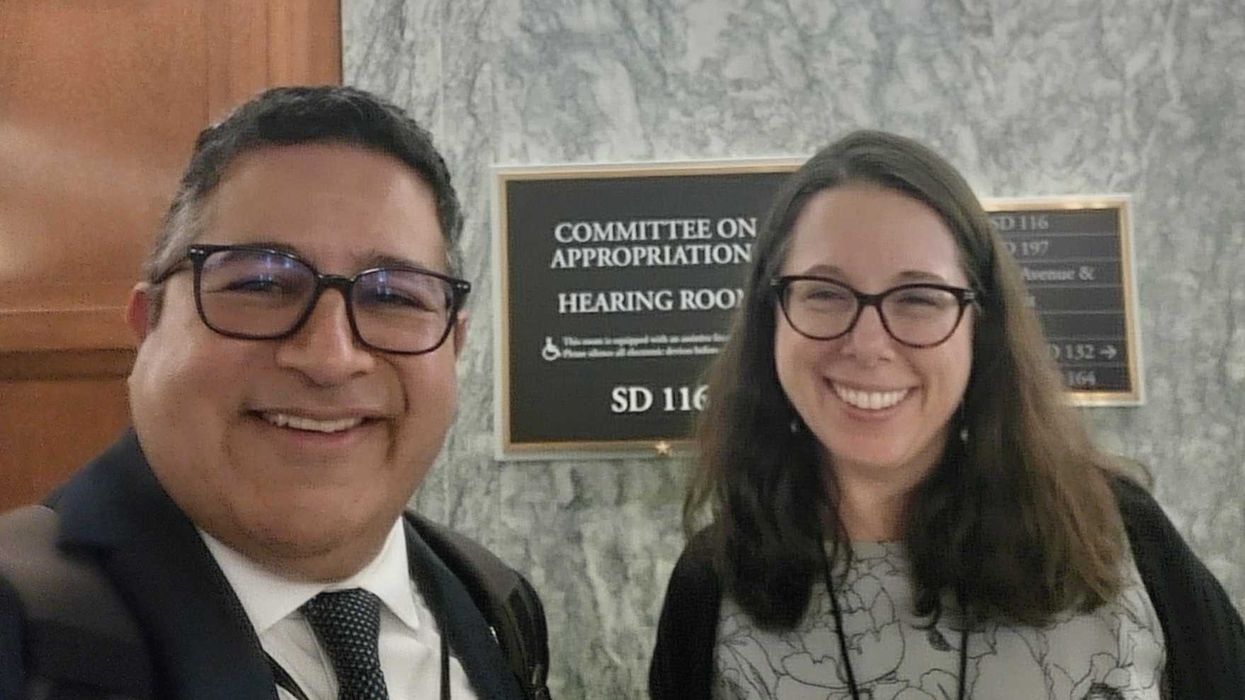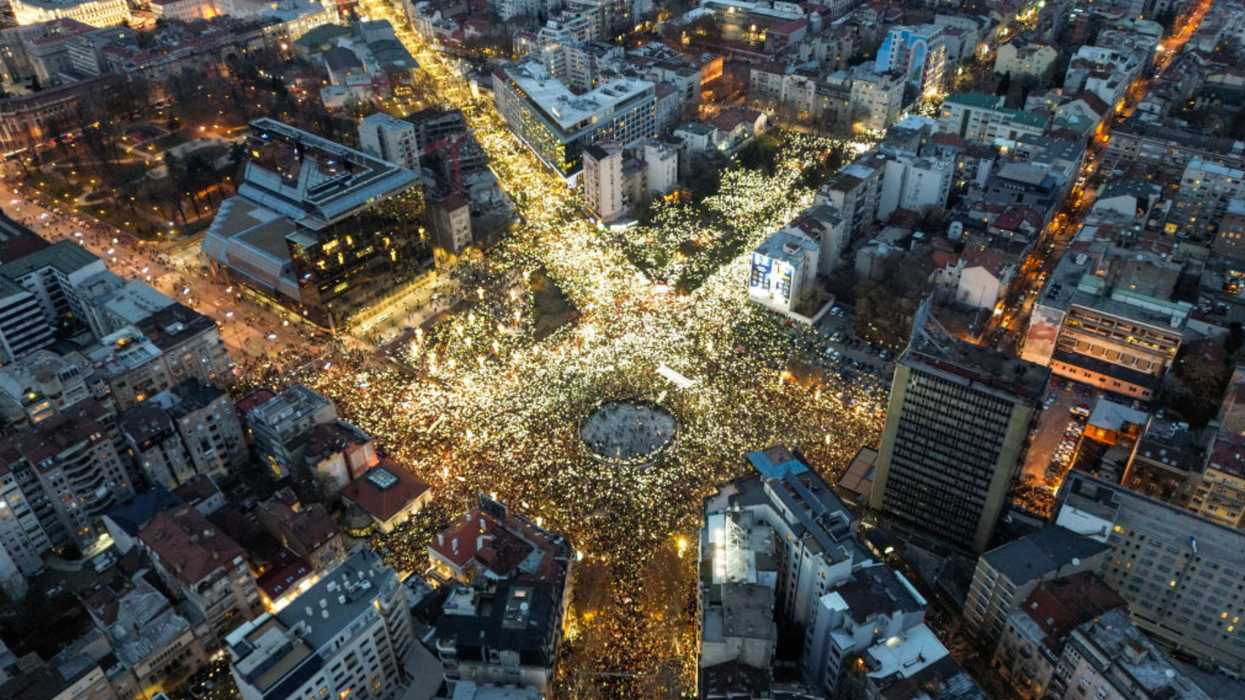"The human mind is a story processor, not a logic processor." – Jonathan Haidt
What I’m about to share won’t be filled with data or empirical evidence to convince you.
I’m a father and educator who wants our system of government to endure—and I abhor the reality that any nation is just moments away from political violence.
Toxic polarization is a disease. Qualitative research like Lethal Mass Partisanship and Pew Research Center data confirm this, but rather than cite studies, I want to tell a story—one of history, reflection, faith, and above all, hope for a healthier political culture.
We must rediscover a civic virtue that guided our nation’s pivotal leaders. Political bridging—engaging meaningfully with those who disagree with us—is not just idealistic; it is essential for our democratic republic’s survival.
I grew up a Republican, believing in small government and wary of unchecked power. My views have evolved—tempered by pragmatism, history, and most of all, fatherhood. Today, I care more about building bridges than rigidly adhering to small-government dogma.
Washington, Douglass, and Lincoln as Virtuous Examples
George Washington had several opportunities to consolidate power. At the close of the revolution, with a military force behind him, he chose to return home. History shows that beloved leaders with an army can seize power with little resistance—but he never did.
Even as president, Washington could have wielded executive authority with little opposition. Rather than hold onto power, he instilled a commitment to the Constitution, not to any party or politician.
Beyond resisting absolutism, Washington embodied a critical civic virtue: the value of differing opinions. He built a cabinet of opposing views, sought critique, and understood that messy dialogue was essential to governance.
Does that sound like our leaders today? More importantly, does that sound like us? Do we seek affirmation and comfort or dissent and dialogue to become better?
Decades later, abolitionist Frederick Douglass experienced a profound shift in his view of the Constitution. Once seeing it as a pro-slavery document, he came to regard it as a tool for abolition, challenging the nation to fulfill its founding promises.
Abraham Lincoln wrestled with the same contradictions. Like Washington before him, Lincoln did not silence opposing voices—he placed his critics in his cabinet, met with Douglass, and engaged in meaningful dialogue. Douglass pressed Lincoln’s administration, and in the end, slavery died with the 13th Amendment.
This is the story I find hope in: one about flawed but virtuous Americans who disagreed yet sought out differing perspectives. Who built consensus when they could. Who resisted wielding power unilaterally, even for a cause they believed just.
They examined evidence and demonstrated intellectual humility—something we have not seen in ourselves or our leaders for a long time.
The Political Other
My political priorities center on adherence to the Constitution—not out of blind worship but because it provides a framework for governance that has endured.
Traditionally, conservatives saw themselves as defenders of the Constitution. The Republican Party of my youth warned against executive overreach—now we applaud it. A core virtue, forfeited for short-term gain.
That brings me back to civic virtue: do we stand up to those in our own party or does fear of the political other blind us to uncomfortable truths?
Have Democrats, since 2016, told a story that resonates with Middle America, or just not Trump? If all conservatives are treated as a monolith, does that serve progress or division?
We often say, our differences make us stronger, but do we really believe that anymore? Or have we reduced our political discourse to a zero-sum game—where winning means everything and governance means nothing?
Is it time to consider the how of politics instead of just the what?
Faith and “How” vs. “What”
My friend and colleague Kent Lenci who authored "Learning to Depolarize" suggested I pick up "The After Party: Toward Better Christian Politics"by Curtis Chang and Nancy French. Lenci knew I was someone of faith and that the book would resonate with me. I couldn’t put it down.
Chang and French brilliantly laid out this concept of the how of politics versus the what. The what involves policy and ideals but the how focuses on the manner in which we govern and how we treat our political opponents. Usually, I kept my faith separate from politics, but that hasn’t been the case lately. I haven’t so much merged my faith into the political what —I value the separation of church and state because all should be able to practice their faith without fear. Where I have let my faith influence me more is how politics should be done.
Here, I take my cues from the Gospel, which took place in an extremely polarizing time. Christ modeled how to engage with those who disagreed: with grace, love, and compassion. In a time of political division, Christ spent his days focused on the how before the what. Have we modeled this behavior? Have we elected leaders who tried to live out this how? Or have we collectively decided that politics is an exception to the Gospel?
The Bridge
Will we embrace the civic virtue that says those different from us might have valuable ideas? That listening does not mean agreeing?
Or will we keep treating politics like a college football rivalry—power passed back and forth with no regard for the institutions that sustain us?
Today, I resist the pull to reenter political battles or align with a group. Instead, I work with educators to make classrooms spaces of civic virtue and bridging.
If we are to heal, it will take active citizens—reaching out to neighbors or strangers with different perspectives and asking thoughtful questions in good faith. Voters must demand candidates focus on how they will govern, not just on making promises to different groups.
We must engage in a shift. Even something as simple as engaging with a media outlet that challenges your views is a step forward. One step at a time, we can bridge divides—even if only to better understand the other side.
Nicholas D'Amuro is an Instructional Coordinator at Genesee Valley BOCES, supporting curriculum development and professional learning. In 2024, he co-founded the Civi Coalition ( civiawards.us), a statewide initiative dedicated to civic education and bridging divides. He also serves as a sector ambassador for the Listen First Project and as a town councilman.


















